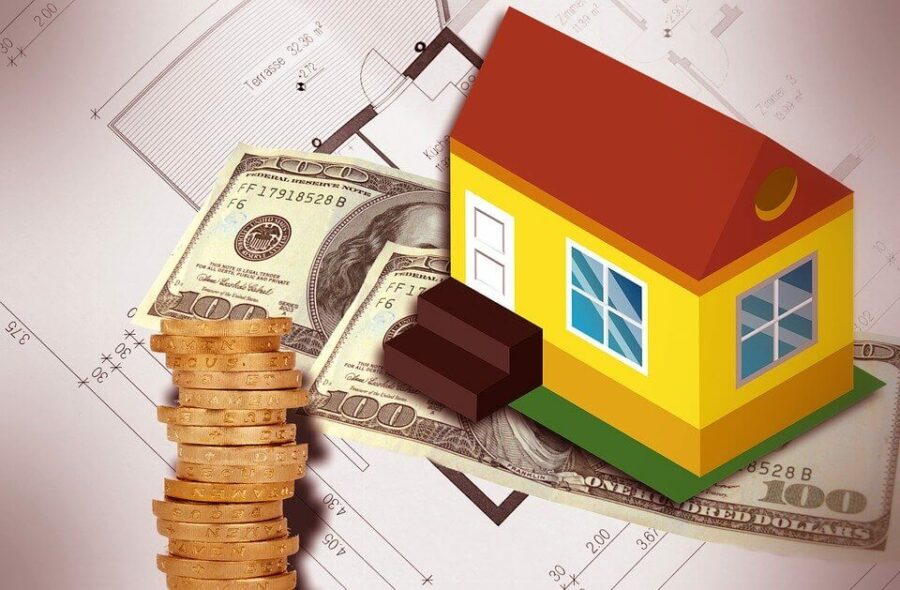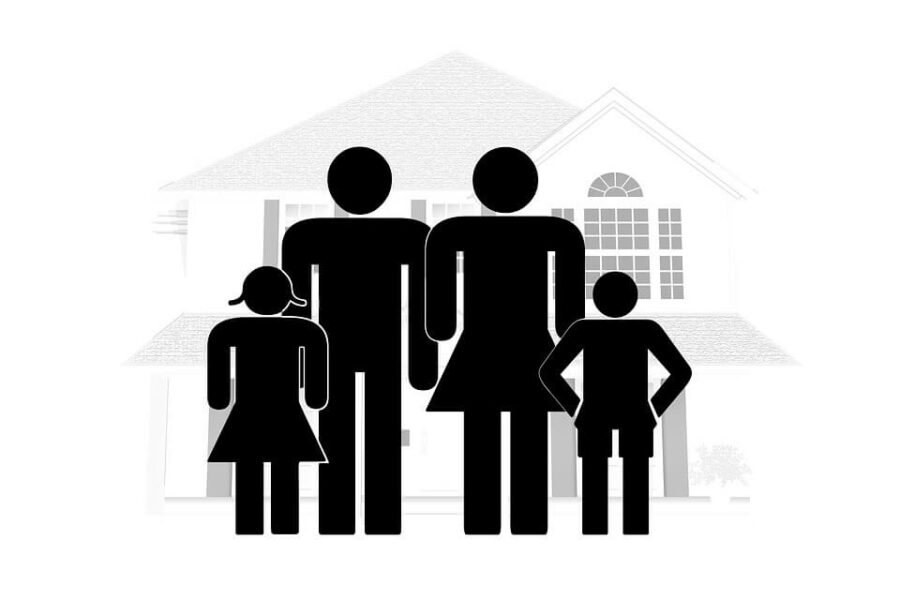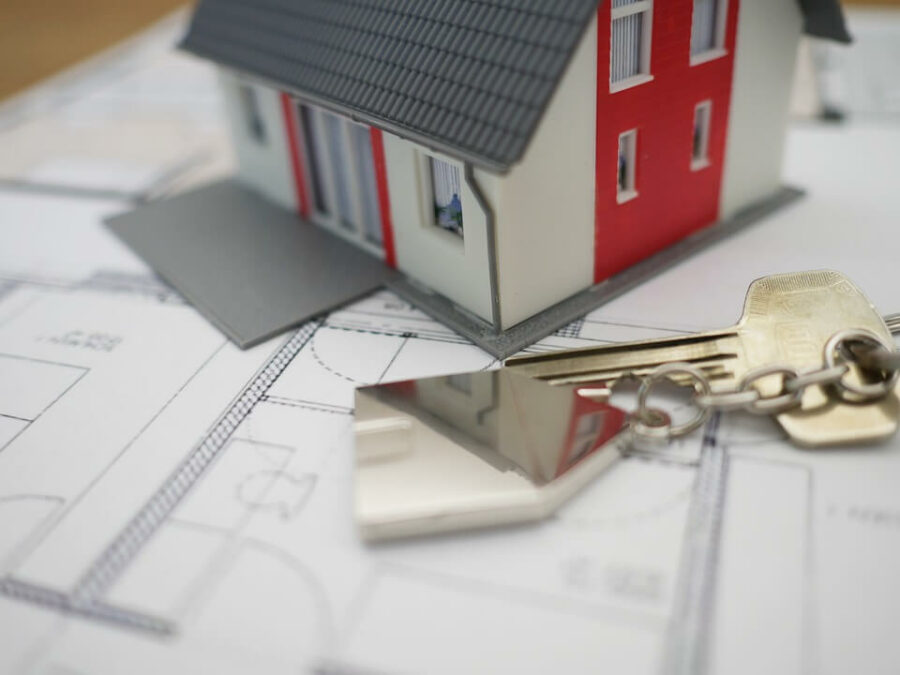It is no longer wise for homeowners to rely on professionals to do all the work during the planning and designing of a house. Today, if you want a perfect home, then you must be involved in the design. As the homeowner, you must be the one with the key input, which will allow you to be creative.
However, you might not have the knowledge, skill, or experience that are vital during the designing process. Therefore, to come up with a great design, there are factors that you must consider, and which will act as a guide during the process.
1. Your Budget

There are many home design ideas, all of which vary in how much they might end up costing. Hence, finance is a key factor when designing a home since it dictates how much you are going to spend in actualizing the proposed plan.
Simple designs can be less costly, while the complex ones can be expensive. The variation is brought about by several factors, such as the nature and quantity of construction materials to be used. They will vary in price, where the most complex design might require the most expensive and large quantities of materials, which increases the overall cost.
Therefore, it is wise that you first consider how much you want to invest when coming up with home design. Then, with the help of an architect, planner, and other experts, you can decide on various aspects of the house. For example, your budget will help you determine the type of home and its size, among other elements of interior and exterior design.
Thus, designing a home with your budget in mind is crucial. It has several benefits that ensure that the realization of the plan does not cause unforeseen problems. For instance, it will prevent you from abandoning the project halfway due to financial constraints. It can also prevent you from falling into huge debts while trying to complete the project, which can result in borrowing.
2. The Direction of the House

The direction of the house is vital and should be determined based on the movement of the sun at the proposed site. The direction the house faces is crucial for several reasons.
First, it helps dictate the materials to be used in various sections of the house, which then influences the overall comfort of the home. For instance, the design should see the windows face the direction of the sun to ensure maximum natural light penetrates the house. Natural light is vital since it improves the comfort of the home.
Secondly, designing the house facing the sun helps to cut on energy costs. This is realized when you install window tint films that allow the rays from the sun to enter into the rooms, providing the required lighting, heating, or cooling. This eliminates the need to use electricity for lighting, heating, or cooling a particular space, such as the living room during the day.
The direction of the house is also vital since it also influences decisions during the connection of utilities such as water and electricity. However, you shouldn’t worry about this since you can obtain utility connection service for free once construction is complete.
3. The Lifestyle of your Family

When designing your home, ensure that you do it with the family in mind. The factor you need to consider is the lifestyle of the family, which encompasses many things.
The family lifestyle will determine factors such as the number of rooms the house will have and their sizes. The size of space will also be determined by factors such as the type of furniture you want in your home. The information will also be used to determine the position of the living room, kitchen, bathroom, and bedrooms.
The house should also be designed with the occupations of the residents in mind. For instance, the home can also have a workshop or an office to be used for professional needs.
Designing with family in mind will also allow you to position outdoor spaces accordingly. For instance, it will help you decide on the best position in a playground or swimming pool. This will make it easy for children to move in and out of the house without causing distractions.
Furthermore, designing with the family in mind will prevent the need to renovate later in an attempt to change the interior design to match your family lifestyle.
4. Potential Future Needs

Most people often design a home with their current needs in mind, which is usually a mistake. Thus, you should not fall into the same trap but must ensure that you design with unexpected future needs in mind.
For instance, you might want to include extra rooms for unplanned future children. The rooms should also be flexible enough so that they can be improved as the child grows and moves to new stages of life.
Also, you should also consider having an increased number of helpers in your home in the future. This means that you should be flexible in your design where you might want to include spaces that might be turned into extra bedrooms, bathrooms, or into a kitchen.
However, designing with the potential future needs in mind will also be influenced by your financial capability. If your budget allows, then you can create more extra spaces. However, if it is limited, then you might be forced to overlook any unplanned needs and focus on the current ones.
The Takeaway
You must have a major input in the design of your home. During the process, there are four things that you must put into consideration.
First, ensure that the design is consistent with your intended budget. Secondly, consider the direction of the house depending on the position of the sun. This will help bring comfort to your home and avoid large electricity bills once you obtain a utility connection service. You must also consider the family needs and potential future needs during the design.
